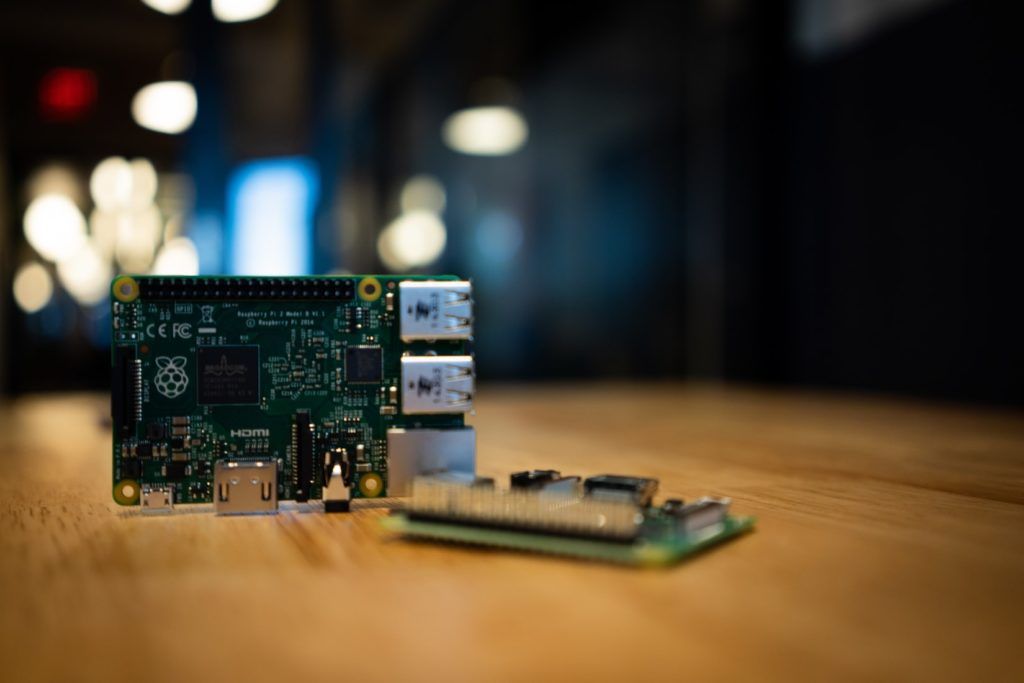
DIY Budget Friendly Home Automations
Gone are the days when home automation was considered a luxury. Now it’s available at your fingertips. DIY smart home projects are more popular than ever. The Internet of Things (IoT) unifies everything from lighting to full security systems. Once separate systems, many things in the home are now controllable from a smartphone.
Blynk
Blynk is a service that is designed for controlling The Internet of Things (IoT) devices. It is ideal for monitoring and controlling all smart home setups. Aside from the online service it provides, it’s possible to install Blynk to a server locally as well. It gives you easy control of any Wi-Fi-enabled microcontroller in your home. It’s a popular tool in the armory of all home automation gurus. Blynk connects your devices to the cloud, all sorts of design apps in order to control them and analyzes telemetry data.
Learn More About Blynk
OpenHab
OpenHab is a system specializing in being a DIY Smart-Home Hub. Even though it provides cloud services, the system is designed to be installed locally in your home. It can control all and any types of in-house switches, lights, monitoring systems, or timed events such as – turning on your geyser 20 minutes before you reach home, etc. OpenHab also supports over 1000 devices like Amazon Alexa, Apple HomeKit, Google Assistant, and such. OpenHab is a free service but takes quite a few complex steps to set it up.
How To Set Up OpenHab
Door Sensors & Reed Switches
Magnetic door sensors are available fairly cheaply in the market. They are a type of reed switch. Reed switches are electric switches that are operated by an applied magnetic field. These switches work with all microcontrollers and perform a variety of functions. These switches are mainly used in the doors and windows of a home. An obvious use for them is to trigger an alarm or log in an entry/exit when there is suspicious activity detected. If you use these switches in conjunction with either Blynk or OpenHab, it would open up the possibility to see the status of every single entry and exit point of your house on your smartphone or smartwatch. Reed switches are extremely reliable and a popular DIY Home automation.
Installing A Reed Switch
Smart Thermostat
When you control the heating in your home, it saves you money while making your home more energy-efficient. Modern heating systems do come with a level of built-in control but nothing substitutes a fully automated system. The DIY HVAC thermostat controllers aided by Blynk/OpenHab’s cloud integration and Arduino/Raspberry-PI’s micro-controlling are a popular example of a budget-friendly thermostat. With some cheap relays and a NodeMCU board, you can take control of your home’s heating system.
Learn More

The World of Micro-Controllers
All home automation, DIY, or otherwise start and end with micro-controllers and motherboards. The two most popularly used are Arduino and Raspberry Pi.
Arduino is a microcontroller motherboard. It’s easy to use because a microcontroller is essentially a simple computer that has the ability to run only one program but repeatedly. The Arduino board is best used for simpler tasks such as opening and closing doors, reading temperatures, or controlling a simple robot.
Raspberry Pi on the other hand is a general-purpose computer, commonly with a Linux system, and has the ability to run multiple programs simultaneously. This makes it more complicated to use than Arduino. This is best used when you need a full-fledged computer that can drive complex instructions such as a multi-functional robot, doing elaborate calculations (such as Bitcoin or encryptions). No doubt it can be used for simpler tasks as well, but the system won’t be used to its full potential.




